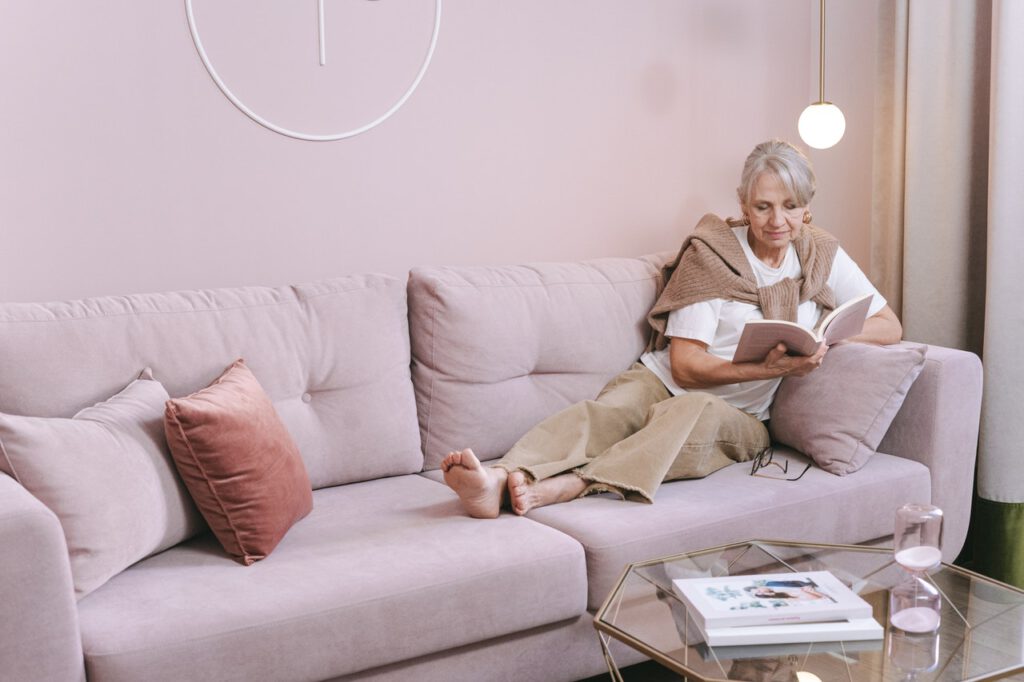How to adjust your home to suit an older relative

Collaborative Post
However much we put off thinking about the realities of the aging process, we cannot deny the toll that time takes on our bodies and minds. Living to a ripe old age is indisputably a blessing but one which comes with many strings attached, including physical deterioration that can be anywhere between bothersome and truly debilitating. With the best will in the world we cannot fight fate, and there may come a time when it is no longer feasible for your elderly relatives to carry on living alone.
The process of moving a parent or parent-in-law into your family home can throw up a lot of questions, both practical and emotional. Where will they sleep? How will it affect your routine? Will they be happy? And perhaps the most important concern of all: is your home suited to an older relative? Before welcoming them into your house, make sure to adapt your property so that it has the functionality and comfort required for an elderly resident.
Accessibility
First things first – make sure that your home is easily accessible for those with limited mobility. Think about all areas of the house, from the outside entrance to the rooms within.
Entryway. Ensure that the entryway to your home does not contain any obstacles or hazards, keeping in mind any physical restrictions of your relative. For example, you may wish to fit a handrail on the side of a flight of steps or change the stairs into a smooth ramp or pathway for even easier access. Another way to improve the general accessibility of your property is to clear out obstacles from the hallway and ensure that there is plenty of room to manoeuvre between your various fittings and furnishings.
Bathroom. The bathroom in particular can represent a challenge for older people. Consider the strenuous movement involved in hauling yourself out of a bathtub or climbing into the bath to use an overhead shower. Refurbish your bathroom with more age-friendly fittings such as walk-in shower enclosures and bathtubs with inbuilt seats and doors. You should also consider the height of your toilet which may need to be elevated to suit an older relative.
Assistance
As well as accessibility, you will need to address how you can adapt your home to provide assistance to an elderly relative. There are various simple changes that you can make that with nonetheless go a long way in helping them to feel safe and confident.
Grab rail. Start by installing grab rails in key areas, such as next to the toilet, along the hallway, and next to the stairs. These are reassuring to older relatives who are unsteady on their feet or who find it difficult to stand up without support.
Stairlift. For those who can no longer manage the stairs, a stairlift is a must. It is a fairly pricey piece of equipment but will be invaluable to your relative. As well as the obvious practical benefits of enabling your guest to get upstairs to their bedroom and the bathroom, having all areas of the property accessible will help them to feel welcome and emotionally settled in your home.
Furniture. You might love your squashy sofa and elegant dining chairs, but this type of furniture can be incredibly uncomfortable for bodies which require extra support and will be unhelpful for those who struggle to get up from a seated position. It is a good idea to purchase a special armchair which can be raised and tilted to reduce the motion needed to stand up and sit down. You can also get beds which work in a similar way to make it easier for an elderly relative to get up in the morning.
Photo by Ivan Samkov on Pexels
